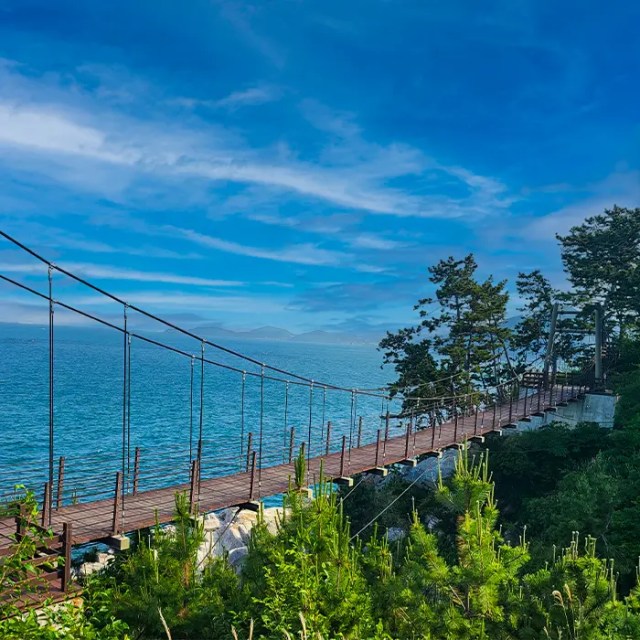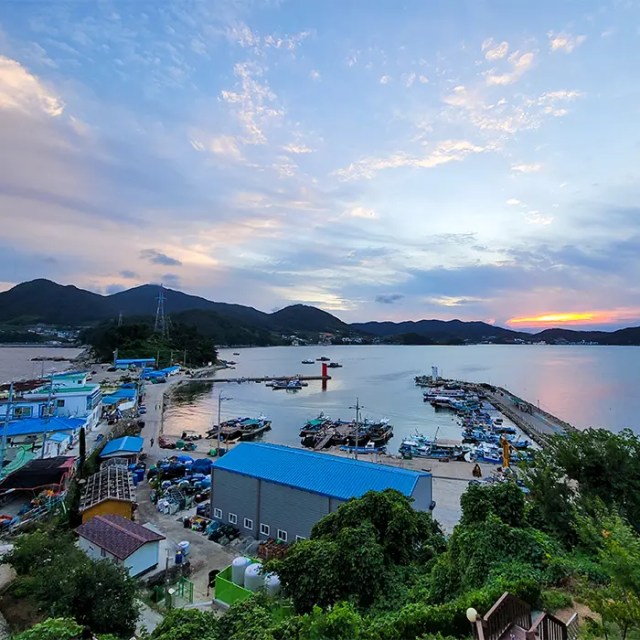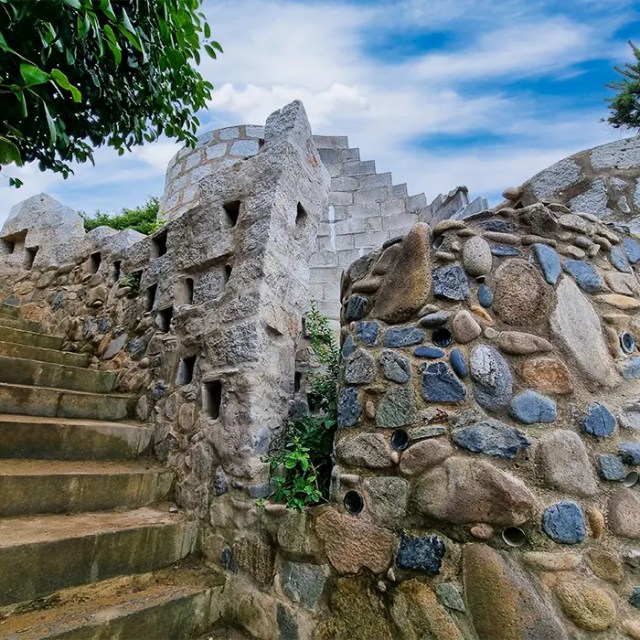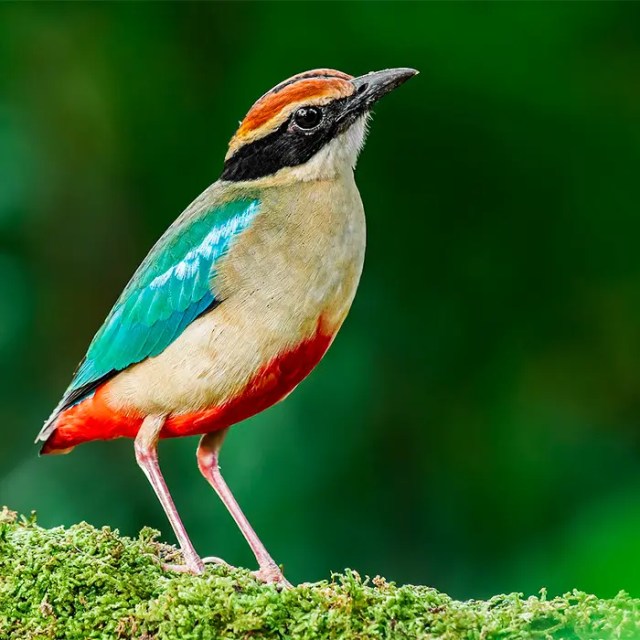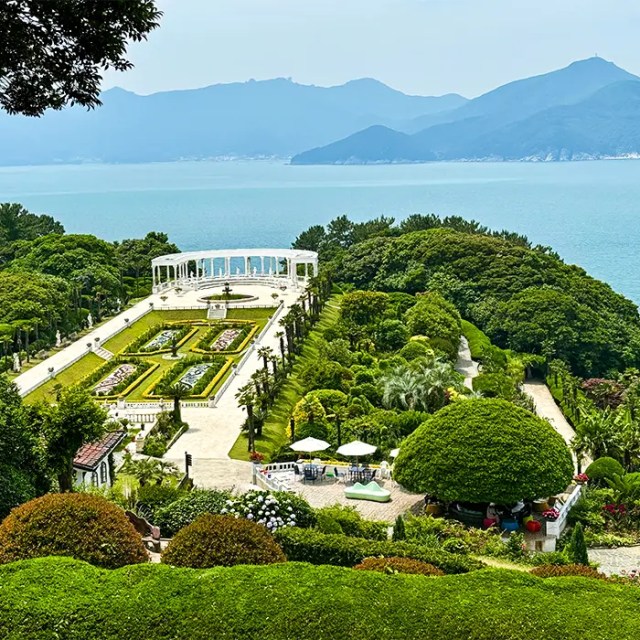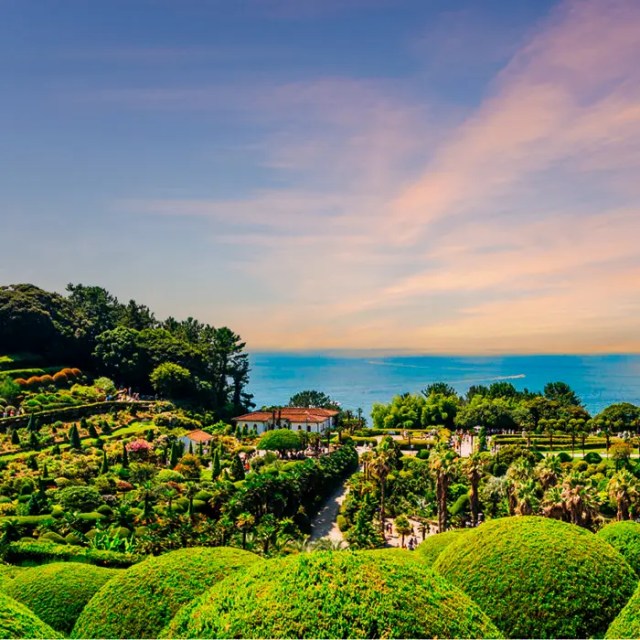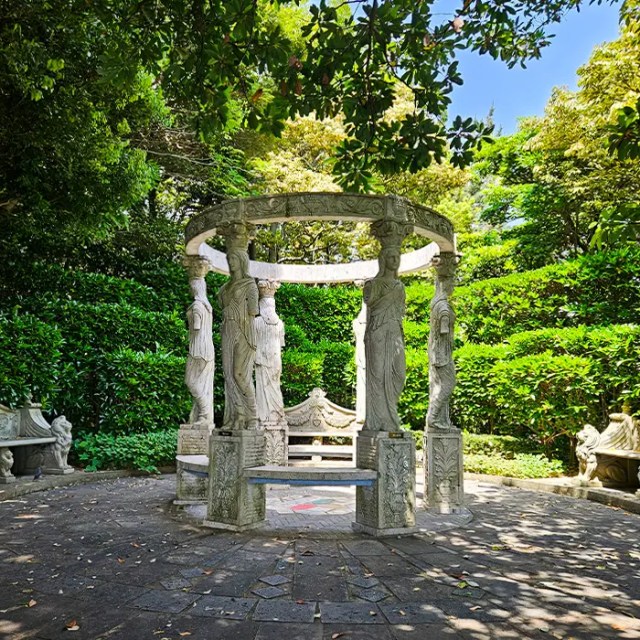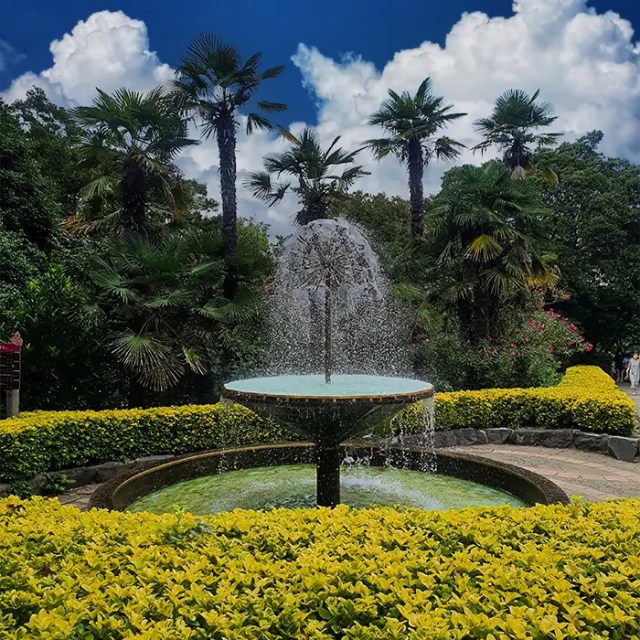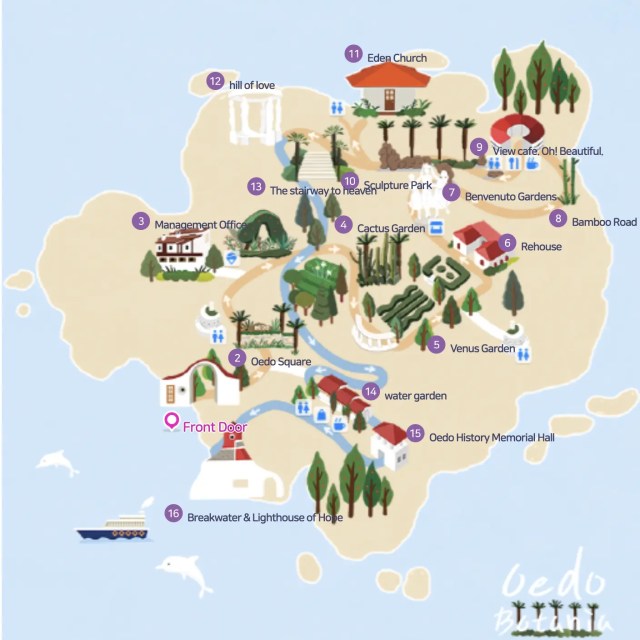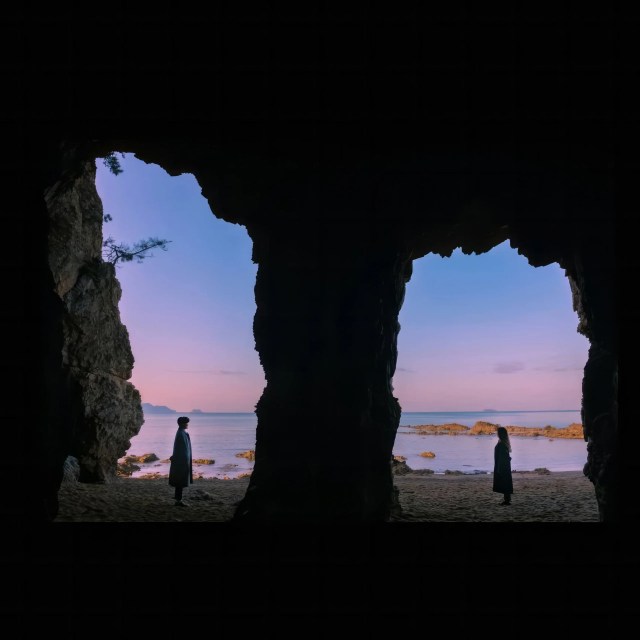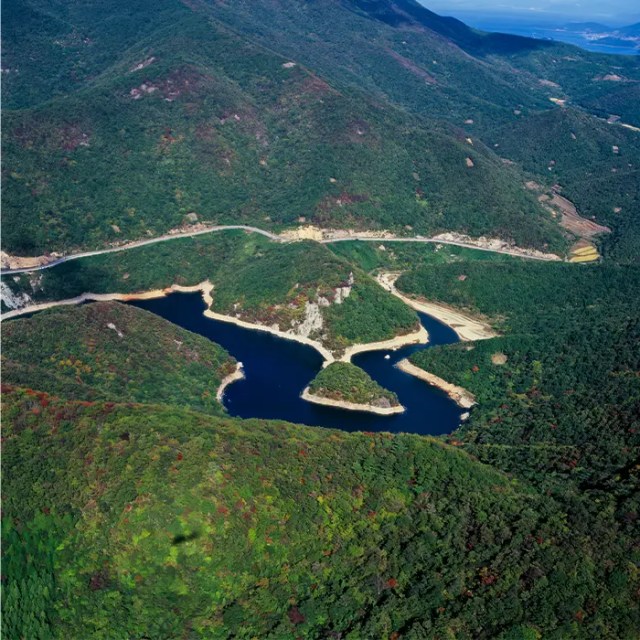Cradled by the azure waters of the South Sea, reveals a dual enchantment. Along its coastline, rugged cliffs stand sentinel, shaped over eons by wind and waves. These ancient rock formations include the iconic “lion rock” and the enigmatic “candlestick.” Meanwhile, the island’s interior boasts a network of mountains (over 30 peaks in total) each with its own character and allure. From the summit of Nojasan, the panoramic view sweeps from sea to sky, revealing the island’s untamed beauty.
Geoje’s history is etched in granite. During the Korean War, it played a pivotal role as a shipbuilding hub, constructing vessels for the United Nations forces. The Okpo Great Victory Commemorative Park commemorates this era, honoring the sacrifices of those who toiled in the shipyards. Beyond war, traditional villages dot the landscape, their hanok houses echoing stories of resilience and community. Geoje’s past is a testament to human endeavor against the backdrop of nature’s grandeur.
The charm of Geoje lies in the everyday. The scent of saltwater, the laughter of fishermen, and the warmth of a seafood stew. Explore the winding paths that lead to hidden coves, where emerald waters lap against golden sands. Sample fresh catch at local markets, savoring the flavors of Geoje’s coastal bounty. Here, history and simplicity intertwine, inviting travelers to discover the soul of an island that defies easy categorization.

